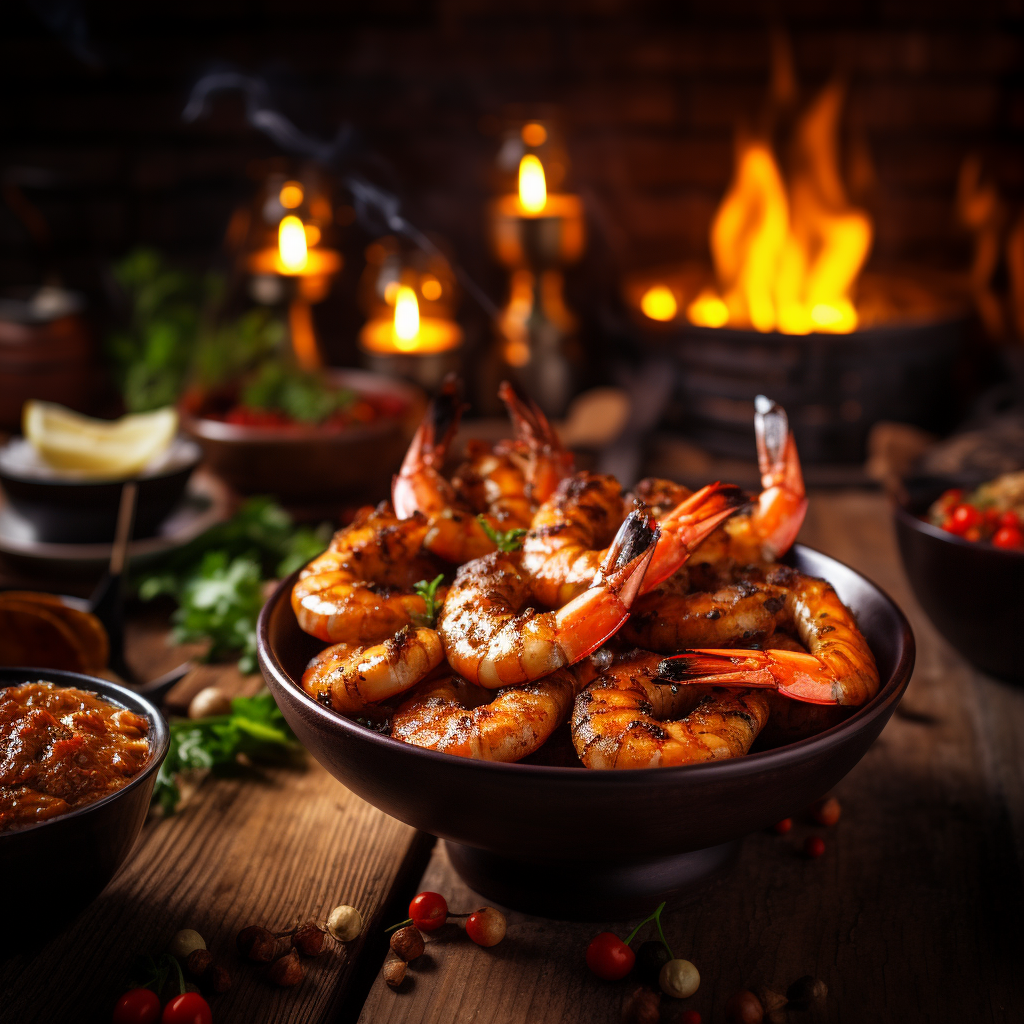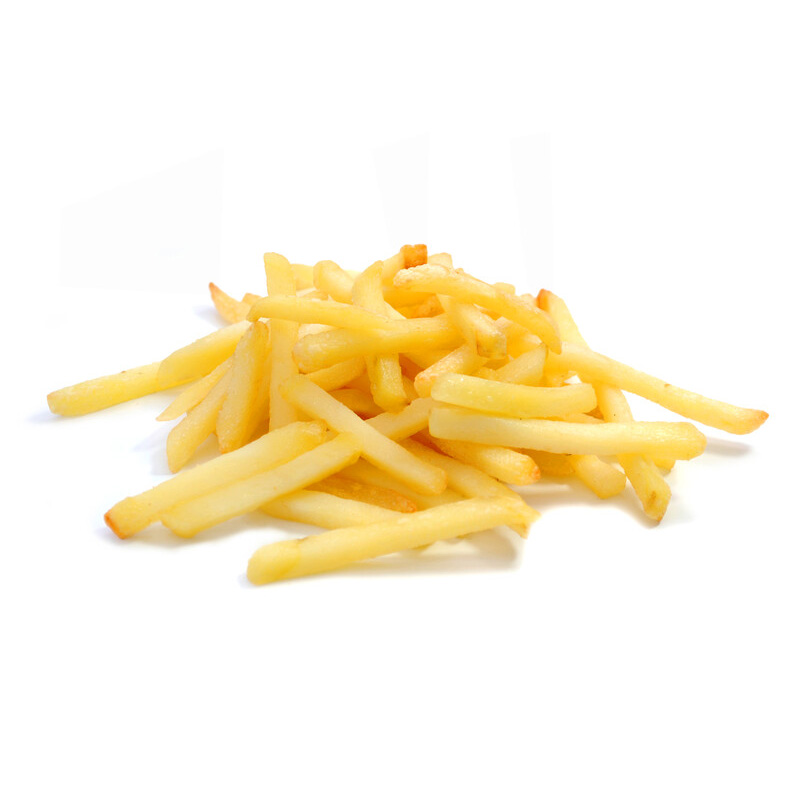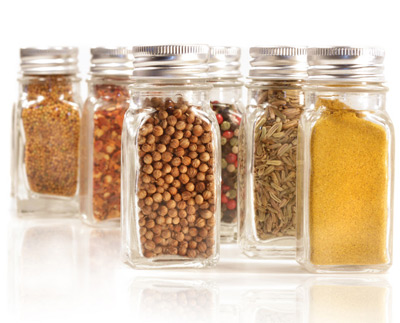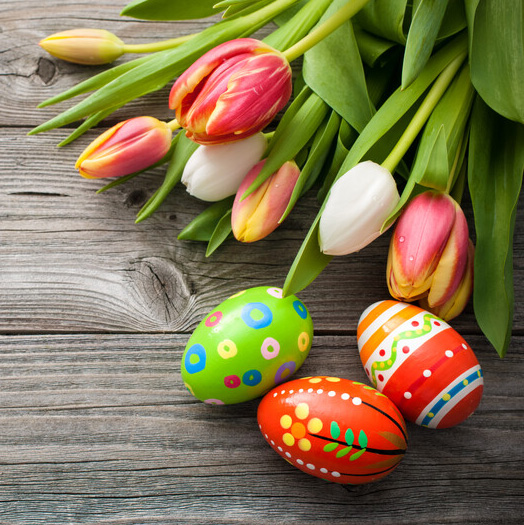I recently had some beer from our local craft brewery, Lone Tree Brewing Company. The beer was Gingerbread Old Ale. I expected to drink half a glass because, having had other spiced beers in the past, they usually contain too much unusual flavor for me to drink all that much.
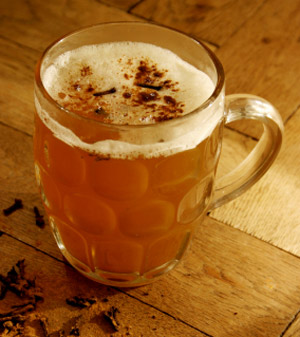 After the first sip I was hooked and managed to drink several glasses. I don’t know what ingredients they use for this beer, but the aroma was much like a combination of cinnamon, ginger, cloves and even a hint of pepper. Mostly it just tasted great!
After the first sip I was hooked and managed to drink several glasses. I don’t know what ingredients they use for this beer, but the aroma was much like a combination of cinnamon, ginger, cloves and even a hint of pepper. Mostly it just tasted great!
Most of the mass produced beer that is made today is brewed with hops. I don’t pretend to be a beer expert, but I drink enough local beer to know that the small craft brewers seem to be using more than just hops and are experimenting with different herbs and spices to offer more uniquely flavored and “spiced” beer.
The practice of brewing with herbs and spices is not a new one. In fact, this practice can be traced as far back as the 16th century. For centuries, beer has been spiced with things such as heather, yarrow, juniper, anise, nutmeg, ginger, caraway, cinnamon as well as other unusual herbs and spices that I have never heard of, with names I cannot pronounce. The type of beer seasonings used over the centuries was different, depending on the region of the world, but the practice of adding spices to beer has been around a long time.
If you are a home brewer and are thinking about using spices, here are a few tips:
- Add the spices according to their strength. It is much more difficult to extract flavor from some spices, so make sure to boil those longer.
- Less is better. You can ruin a beer by adding too much spice so start with less.
- Make sure to reduce the amount of hops according to the amount of spices you are adding. You don’t want one to overpower the other(s).
Here is a list of some of the most commonly used brew spices for the winter months:

